Most Australians will think about electricity on two occasions - when the bill comes in the mail, and when the lights go out.
But as politicians talk about net-zero, the question comes up - where do Australians get their power from?
It usually comes down to what's the easiest and cheapest way a state can generate power.
So how do states compare when it comes to renewable energy?
NSW
There are certain times of day where the bulk of NSW electricity comes from rooftop solar.
But overall, coal remains king.
Sixty-nine per cent of NSW power in the past 12 months has come from black coal, mostly mined in the state itself.
Solar and wind both contribute 12 per cent of power.
Hydro contributes four per cent, and gas three.
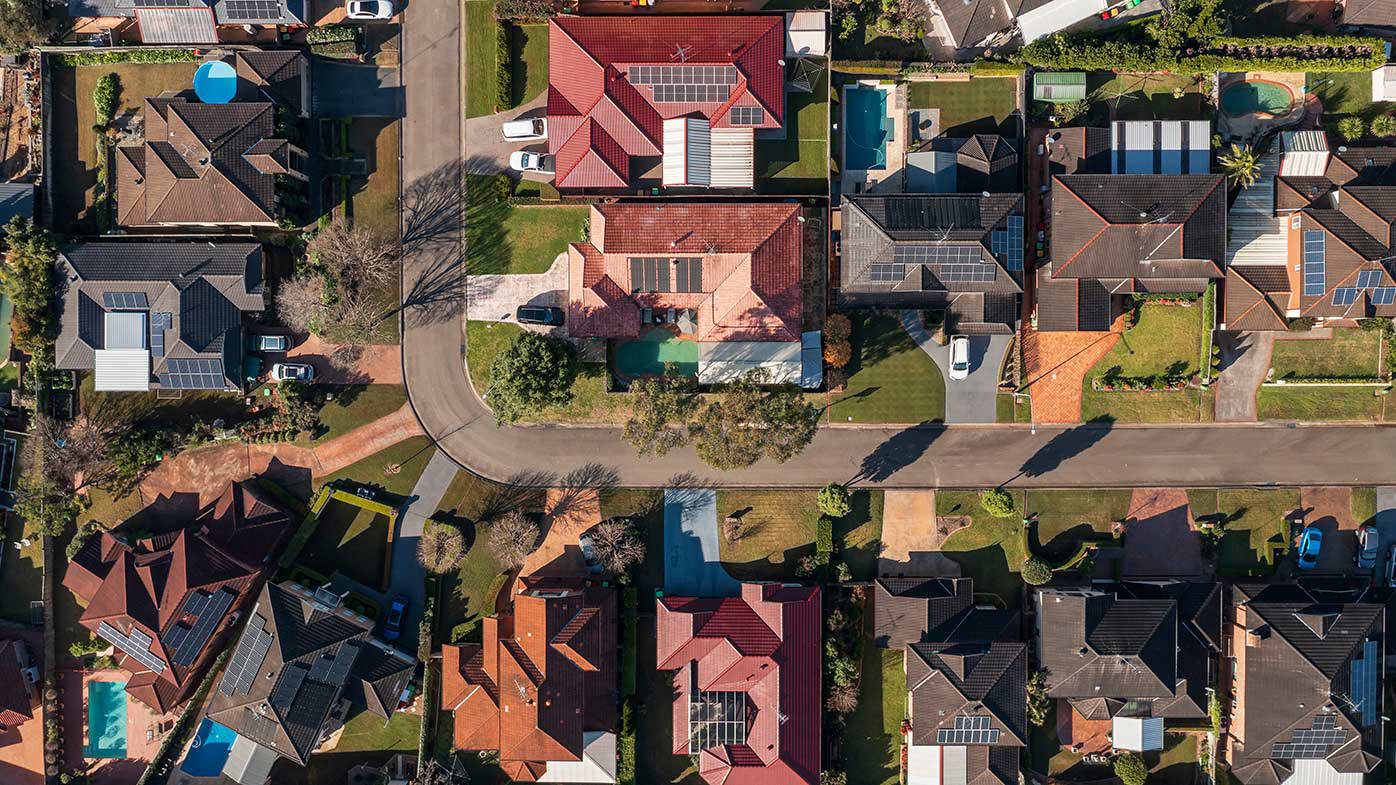
But the state is perhaps the best placed when it comes to more growth in solar.
"If you're in Tassie or Victoria, you just don't get as many sunny days," the Grattan Institute's Alison Reeve said.
"Up through NSW and South East Queensland, your day lengths are closer to each other, and the solar resource is better.
"It's just not as cloudy. Once you go further north than that, you start to get tropical cloud."
Victoria
Victoria burns marginally less coal as a percentage of its overall power, but it's a less efficient variety.
Brown coal is more polluting and generates less power - but it's conveniently located.
"Victoria has mostly brown coal power stations because it has lots of brown coal," Reeve said.
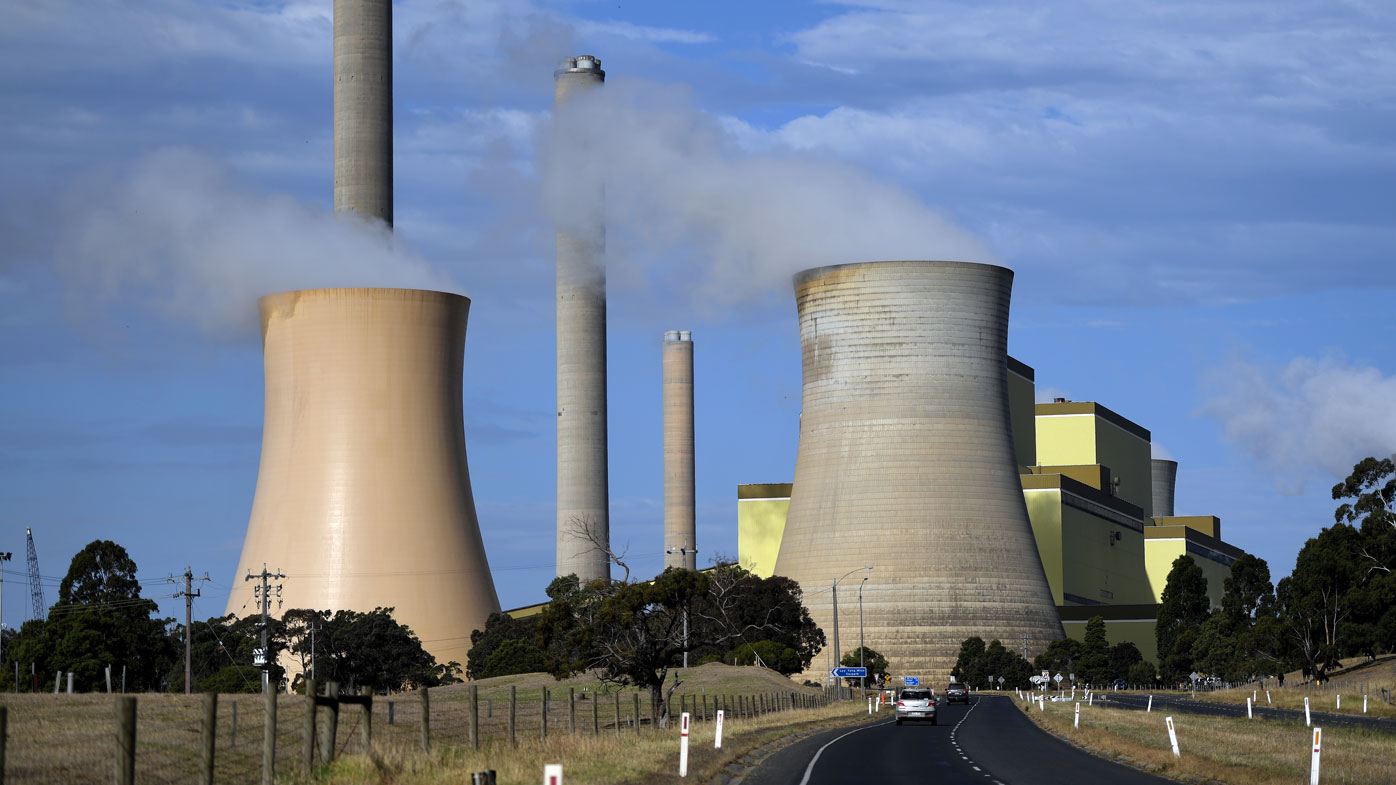
Sixty-two per cent of power in the state comes from brown coal. Another quarter comes from wind.
Hydro is five per cent, solar is four per cent and gas is two per cent.
But there is far greater capacity for more wind in the state.
Reeve said it would be advantageous to build both land-based turbines in the state's west and offshore turbines in the east.
"The wind tends to blow at different times of day over the land and over the sea," she said.
"So if you've got both, you get a nice constant supply of electricity."
But she noted that offshore wind was "horrendously expensive".
Queensland
When it comes to fossil fuel use from power generation, Queensland ranks the worst.
Seventy-two per cent of its power comes from black coal, and another seven per cent from gas.
Solar contributes 11 per cent and wind just six per cent. Hydro is at three per cent.
But the reliance on coal stems in large part because its coal plants are run by the state government.
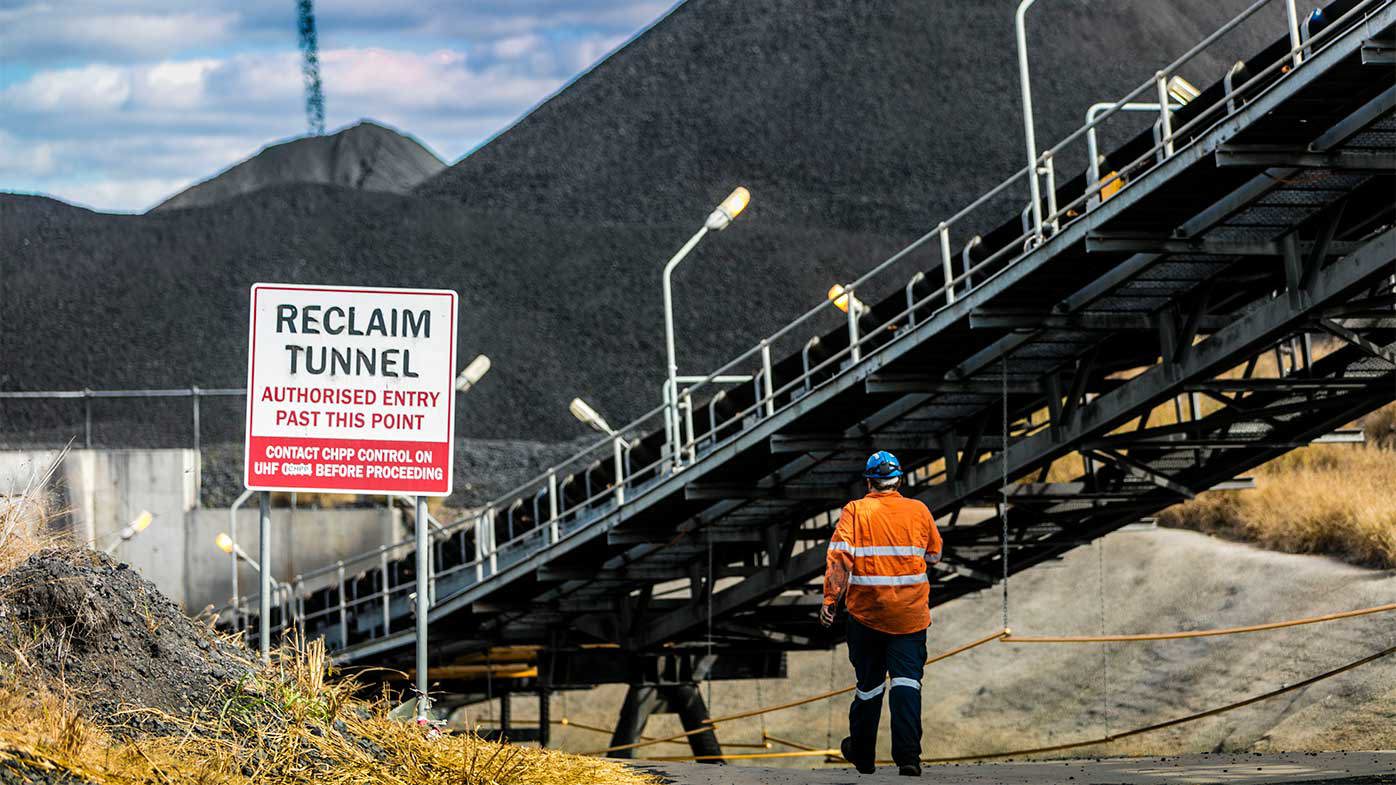
"It is actually hard for the coal generators to make a profit during the middle of the day," Reeve said.
"And so the ones that are privately owned are struggling a bit with the conditions in the energy market at the moment."
So while plants in NSW and Victoria are getting phased out faster because they are losing profitability, Queensland's coal infrastructure is newer.
That means they break down less often, thus burning more coal.
South Australia
In the past 12 months, more than 60 per cent of South Australia's power has come from wind.
It stemmed from policies from the Howard government era taken up with enthusiasm by the state.
Facing a downturn in manufacturing in Adelaide, an incredible amount of money and focus was put in wind power.
And fortunately for SA, the windiest parts of the country are in sparsely populated stretches of the state.
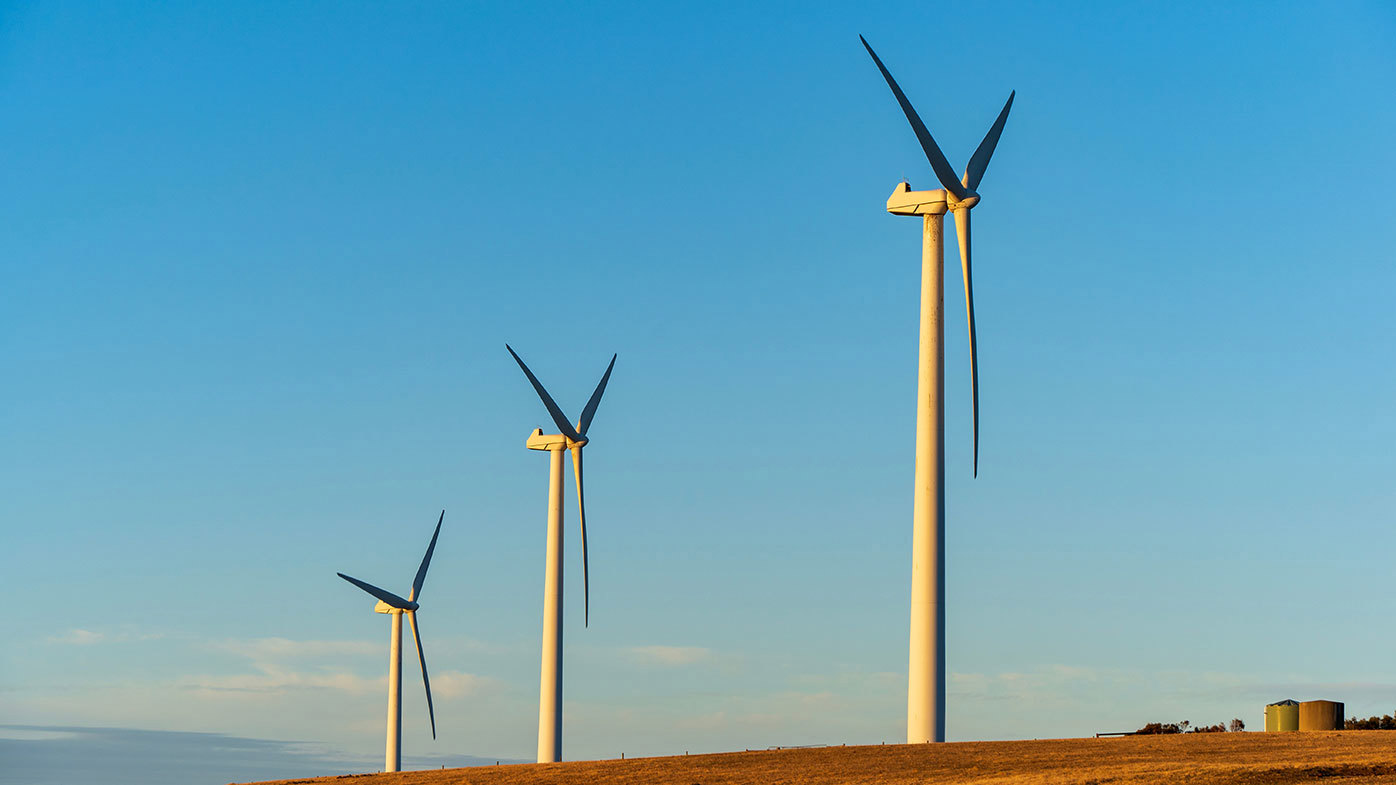
"They made it really, really easy to build wind turbines in South Australia compared to the other states, and they cornered the market early," Reeve said.
"As a result, they built a whole lot of capacity."
When the wind isn't blowing, the state turns to gas, which accounts for 28 per cent of its yearly generation.
Solar is eight per cent, with batteries contributing two per cent.
Tasmania
Opposition to the building of hydroelectric dams in Tasmania galvanised the environmental movement in Australia in the 1970s.
But the state's high number of dams means Tasmania burns close to zero fossil fuels to generate electricity.
It so happens that the state has the terrain favourable to building dams, and very few people living in those areas.
"You need to have a big, deep valley with a river running down it that you can put a dam across," Reeve said.
"So that's why there's no hydro in South Australia or Western Australia because it's too flat."
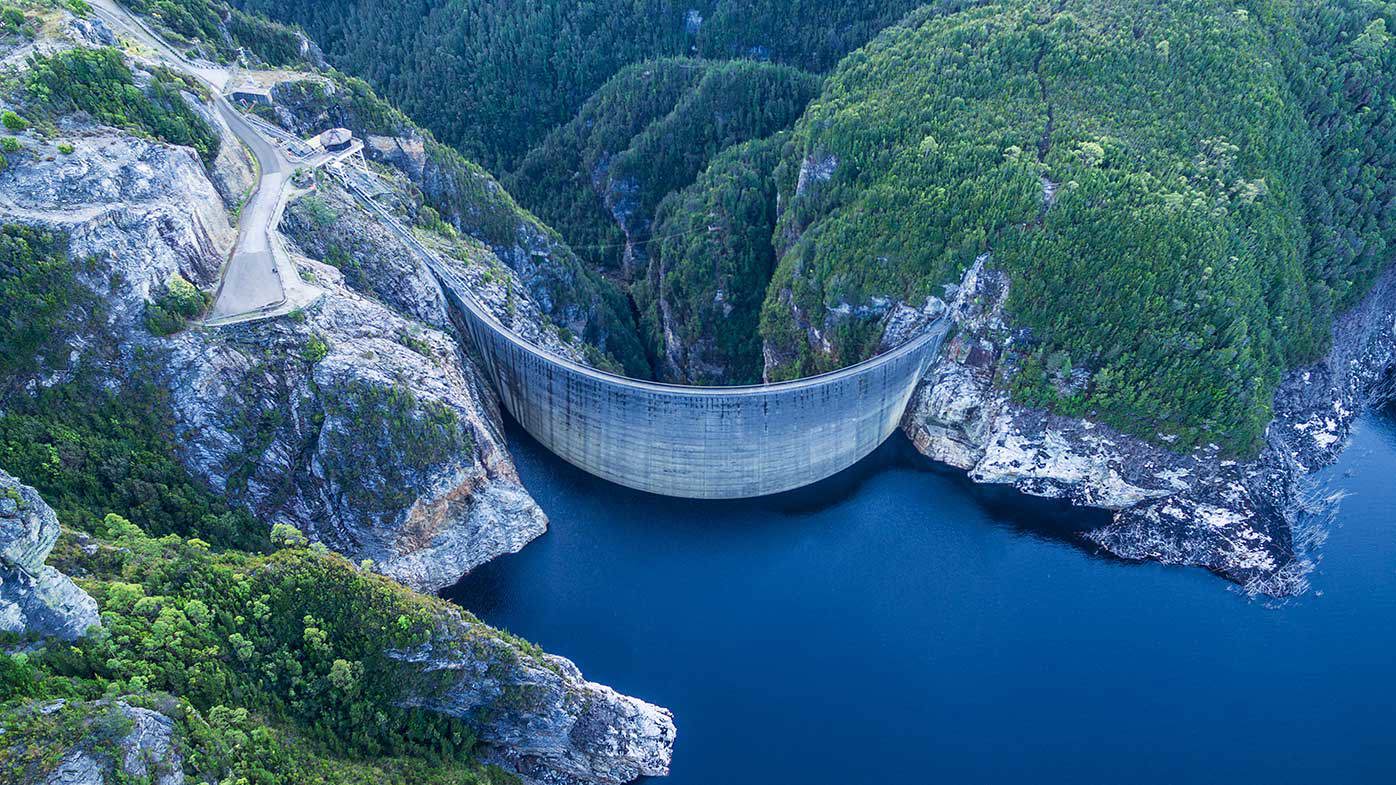
Seventy-seven per cent of power in the Apple Isle comes from hydroelectricity. Another 21 per cent comes from wind.
Just two per cent comes from gas.
The Australian Capital Territory
The ACT has a 100 per cent renewable energy target in place already.
But because of its small size, much of its power comes from outside its borders.
It does have five solar farms, but gets power from wind farms in South Australia, Victoria and NSW.
The biggest wind farm in NSW is just a stone's throw from Canberra but that power is not intended for the ACT.
Northern Territory
The NT's electricity system is more scattered than other jurisdictions.
While the east coast states are all connected in one massive grid, the Territory has a series of unconnected smaller grids.
More than 80 per cent of the NT's power comes from gas, with renewables accounting for less than ten per cent.
Another 10 per cent comes from oil, mostly from outback communities using diesel generators.
Reeve said the common generators are "like a souped-up version of the one you would get from Bunnings".
"Diesel is much more expensive to use than gas," she said.
"It's also much worse for air quality."
But the world's largest solar plant is currently being planned for the Top End.
However, that enormous project has been mired in dispute.
Western Australia
Gas is the big player in electricity generation out west.
But coal still plays a major part.
Thirty-one per cent of power comes from natural gas out west, while coal is close to 28 per cent.
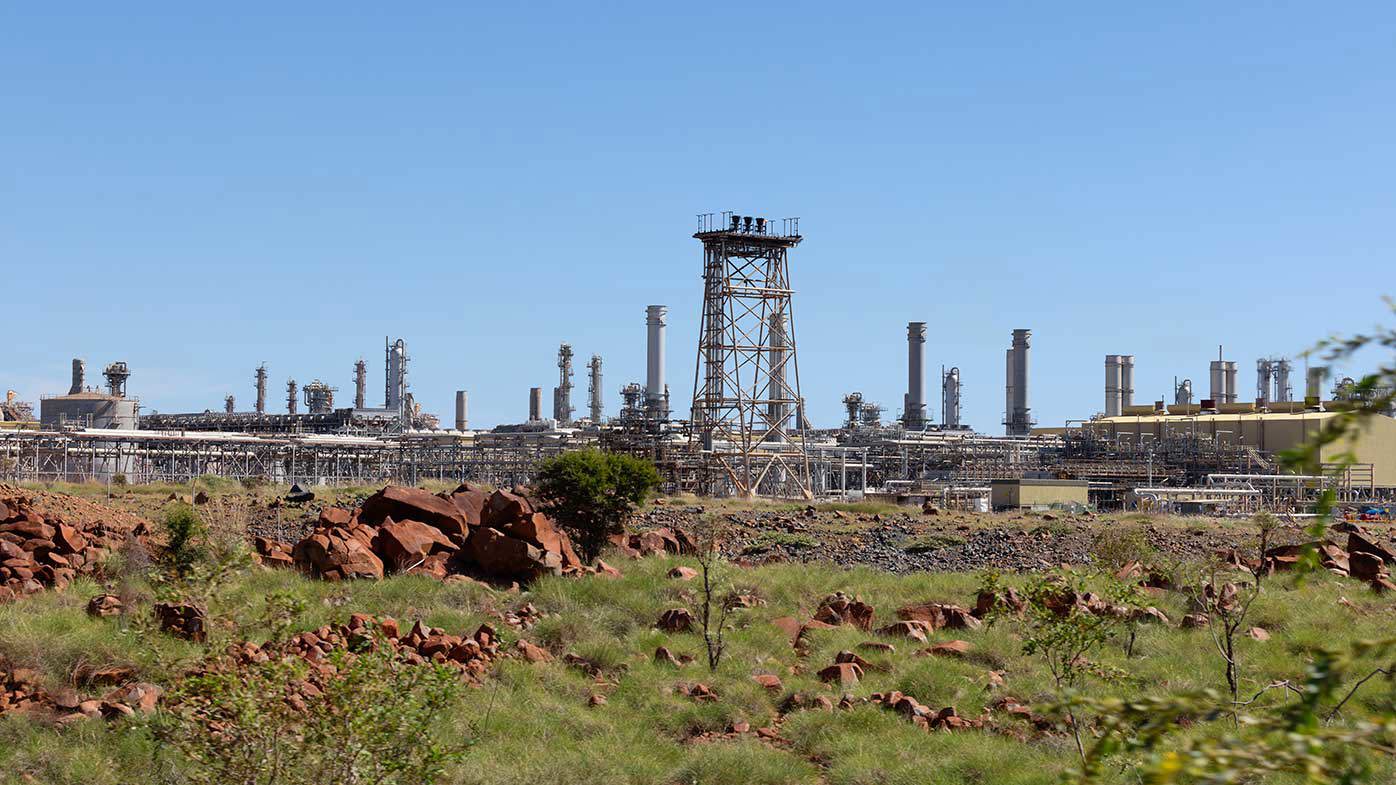
Wind is 17 per cent, and solar, mostly rooftop solar, is now more than 20 per cent.
But renewables are on the rise in WA.
"Solar is pretty much everywhere, but it does do better in some states than others," Reeve said.
"So WA has got a lot of rooftop solar."
DOWNLOAD THE 9NEWS APP: Stay across all the latest in breaking news, sport, politics and the weather via our news app and get notifications sent straight to your smartphone. Available on the Apple App Store and Google Play.
from 9News https://ift.tt/zu4YQbi
via IFTTT
Comments
Post a Comment